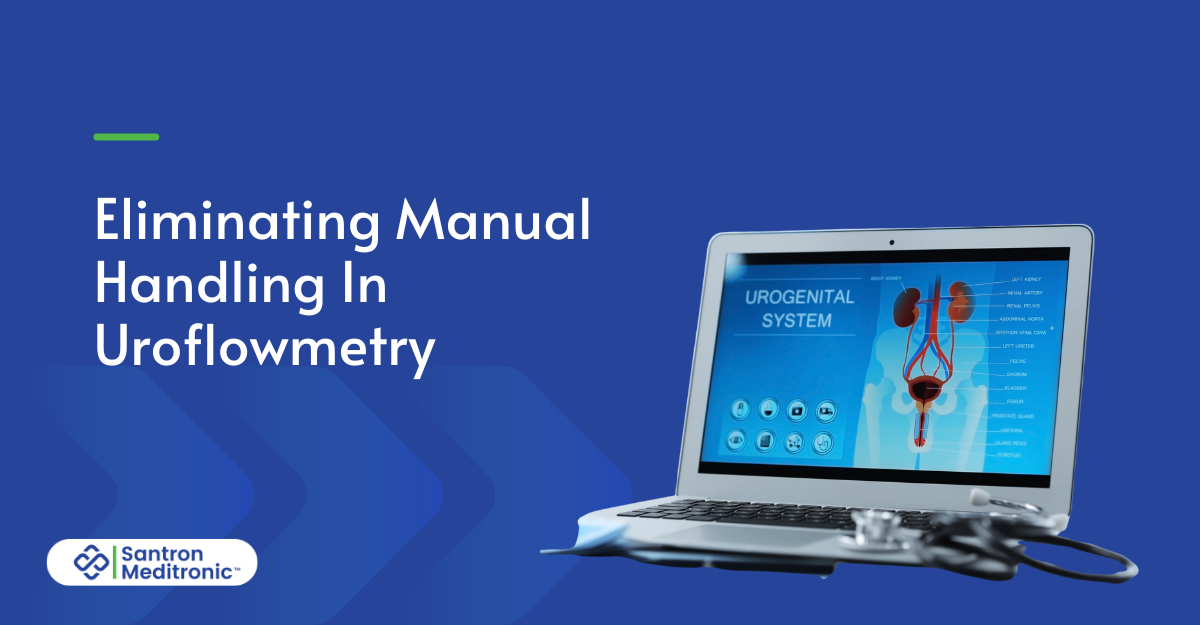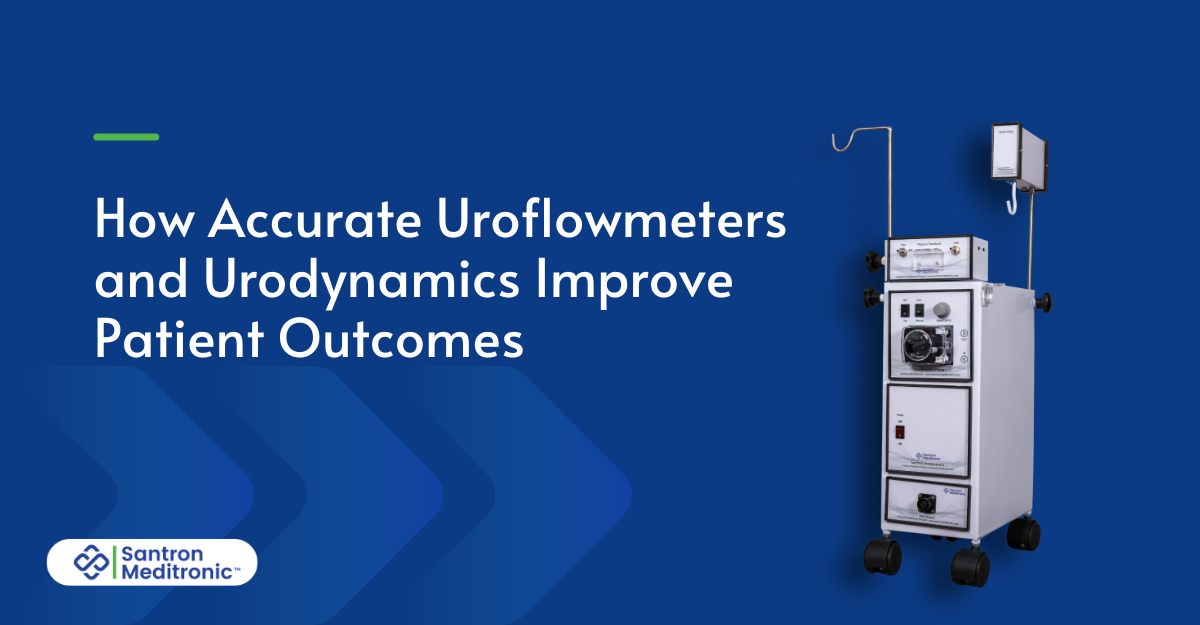Uroflowmetry is a non-invasive diagnostic procedure used to measure the rate and flow of urine. The simple technique helps diagnose urinary issues and gather valuable insights into your bladder health.
In this guide, we will explore all about uroflowmetry, why it’s important, how it is performed, and much more. So let’s get started.
What is Uroflowmetry?
Also known as the uroflow test, uroflowmetry is a procedure that measures the volume of urine expelled from the body, the speed at which it is expelled, and the amount of time it takes.
It is a completely painless and non-invasive procedure requiring no instrument insertion into the body. It is typically performed using a uroflow meter, a specialized device that measures how quickly the urine flows.
Your doctor may recommend getting a uroflowmetry test if you are facing issues like urinary blockage, difficulty in urination, or even a leakage of urine. The test results will determine how your bladder and sphincter muscles are functioning. Based on the reports, your healthcare professional will be able to identify any obstructions or anomalies in these organs.
Reasons for Getting a Uroflowmetry Test
Doctors recommend getting a uroflowmetry test if you are experiencing any of the following symptoms:
- Pain during urination
- Weak urine stream
- Urinary blockage
- Frequent urinary tract infections
- Urinary incontinence
- Fewer urine discharges
- Any other urination difficulty
The diagnostic test also helps to diagnose certain medical conditions, such as
Benign Prostatic Hypertrophy:
It is a benign condition characterized by the enlargement of the bladder, leading to the blocking of the urethra. Predominantly impacting males above the age of 50, the condition affects the urine stream, making it weak.
Neurogenic Bladder Dysfunction:
This is a nervous system problem that ultimately creates bladder issues. For instance, an injury to the nervous system may disrupt the coordination between bladder muscles, leading to issues like urinary incontinence.
Cancer of the bladder or prostate
How is the Uroflowmetry Test Performed?

Source: iUFlow
One key aspect that is assessed is the flow rate, which measures how quickly urine flows through the urethra during voiding. A normal flow rate typically falls within a range of 10-20 milliliters per second for men and between 15-25 milliliters per second for women. If your flow rate is significantly below or above this range, it may indicate an underlying issue such as bladder outlet obstruction or overactive bladder.
Another parameter analyzed is voided volume, which refers to the amount of urine expelled during urination. The normal range of this is between 250 and 500 mL for men and between 200 and 400 mL for women. Excessive or inadequate voided volumes could signify problems with bladder function or urinary retention.
It’s important to remember that interpreting uroflowmetry results should always be done in conjunction with other clinical findings and symptoms you may be experiencing. Your healthcare provider will take into account all relevant factors to determine if further diagnostic tests are necessary and develop an appropriate treatment plan tailored to your needs.
Conclusion
Uroflowmetry is a valuable diagnostic tool that provides important insights into urinary flow patterns and helps in the diagnosis of various urological conditions. Measuring the rate and volume of urine flow aids healthcare professionals in identifying potential issues such as urinary obstruction or bladder dysfunction.
Through a simple and non-invasive test, uroflowmetry allows for accurate assessment of urinary flow dynamics, helping doctors make informed decisions about treatment options. It is particularly useful in monitoring patients with lower urinary tract symptoms, such as difficulty urinating or frequent urination.
For a deeper dive into how our technology can transform your diagnostic approach and elevate patient care, reach out to us at Santron Meditronic – where innovation meets precision in urology.








